Incorporating Key Educational Practices into My Future Classroom
As a future educator, I am committed to creating a responsive, inclusive, and engaging learning environment. Three key topics that have deeply shaped my approach to teaching are: Differentiation and Adaptation, Culturally Inclusive Practices, and Student Voice. These topics are not only foundational to effective instruction but are also deeply connected to Saskatchewan’s Adaptive Dimension and the goals of Regina Public Schools.
Differentiation and Adaptation ensure that every student can meaningfully access and engage with the curriculum. I plan to incorporate this by offering multiple ways for students to demonstrate their learning — such as through writing, visuals, oral presentations, or technology — and by adjusting instruction based on readiness levels, interests, and learning profiles. For example, during a writing task, one student might use a word bank and visuals, while another may use speech-to-text tools or peer collaboration. My classroom will use flexible groupings, visual supports, and a variety of assessment formats to meet diverse needs.
I have created assignment examples for the Grade one ELA outcome CC1.4 Write and share stories and short informational texts about familiar events and experiences in a minimum of five sentences. With the Indicator (e) Create short texts including informational texts, autobiographical narratives, imaginative stories, and poems with own ideas following a model. If a student was not able to independently write five sentences I would provide these alternative ways for them to demonstrate their ideas and meet the intent of the outcome.
Here are the multiple choices I created for my diverse students who are not able to independently write five sentences:
Option 1: The student orally tells their story or informational text to the teacher or a peer, and the teacher scribes it for them.
Option 2: The student uses a sentence-building activity where they choose pre-written sentence parts to create their story.
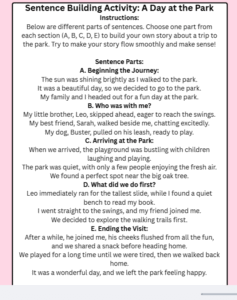
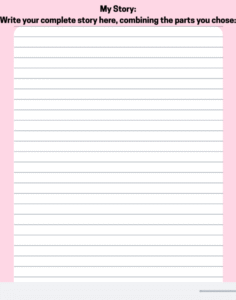
Option 3: The student uses drawings with key words or short phrases to communicate their ideas, building toward full sentence writing.
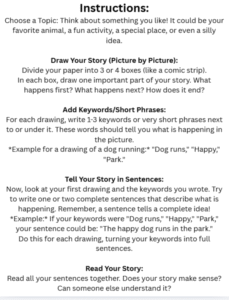
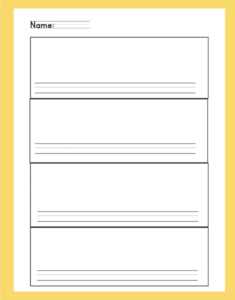
Option 4: For a student who struggles with spelling or writing stamina, I provide sentence starters and word banks with visuals to support their writing.
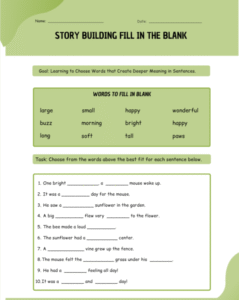
Option 5: The student uses assistive technology like speech-to-text to complete their sentences.
Culturally Inclusive Practices are vital for honoring student identity and creating a strong sense of belonging. Implementing culturally inclusive adaptations is a fundamental component of creating an equitable and responsive learning environment. When teachers intentionally adapt instruction, assessment, environment, and resources to reflect the diverse cultural identities, languages, experiences, and perspectives of their students, they foster a sense of belonging and validation for all learners. These adaptations are essential for removing systemic barriers and ensuring that every student has meaningful access to the curriculum.
I will intentionally integrate diverse perspectives, languages, and worldviews into daily instruction. This includes using stories and resources that reflect students’ backgrounds, recognizing Indigenous knowledge systems, and celebrating cultural events in respectful and educational ways. I also aim to foster an environment where students feel safe to share their traditions, experiences, and family stories, enriching the classroom community for all.
Here is a list of ways I will integrate culturally inclusive practices into the classroom:
- Incorporate Indigenous perspectives through lessons
- Pre-teach concepts that may be culturally unfamiliar
- Offer different ways for students to show what they know
- Provide extra time or alternate settings for students who need it
- Create a classroom space that visually reflects student diversity (posters, books, displays)
- Celebrate different cultural holidays, languages, and traditions respectfully
- Provide quiet or alternative spaces for students who need them
- Choose learning materials that reflect the identities and cultures of your students
- Include books, media, and tools that respect different cultures, experiences, and perspectives
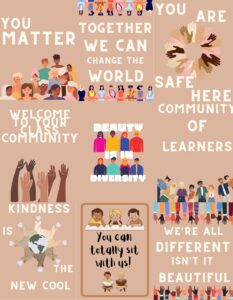
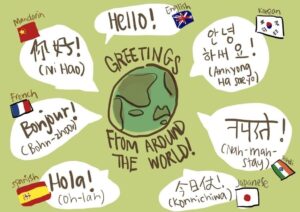
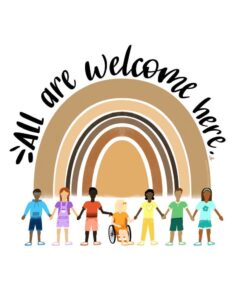
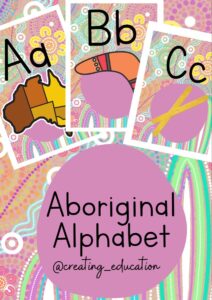
Lastly, Student Voice is central to engagement and empowerment. I believe students should have input in what and how they learn. I will incorporate regular check-ins, choice boards, class meetings, and goal-setting conferences. I want students to feel heard, respected, and involved in their learning journey. As seen in the Highlander School video, students thrive when learning is personalized and their opinions matter — this is the kind of classroom culture I strive to build.
Together, these three elements work hand-in-hand to create a dynamic, inclusive, and student-centered classroom — one where every learner is valued and supported.

Leave a Reply